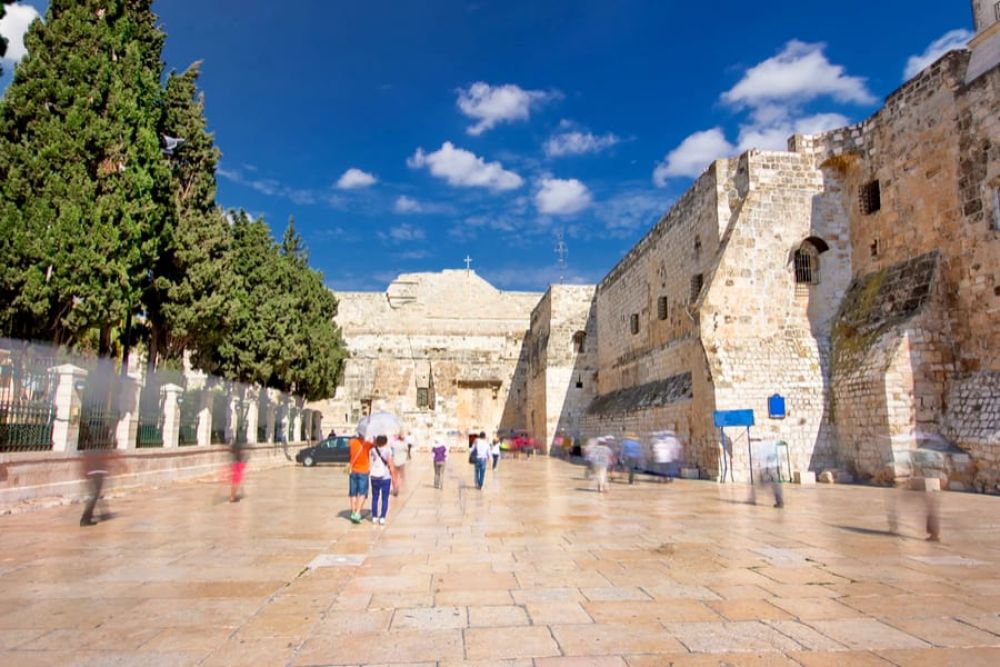

The city of Bethlehem, located in the West Bank, holds a position of great significance in the Christian faith as the birthplace of Jesus Christ. At the heart of this historic city lies Manger Square, a bustling plaza that serves as the focal point for pilgrims and tourists alike. Throughout history, Manger Square has been a witness to countless visitors who come to immerse themselves in spiritual reflection and discover the rich tapestry of cultural heritage.
The tradition of pilgrimages to Bethlehem dates back to the early centuries of Christianity, with the first records of religious travel to the site documented as early as the 4th century. The construction of the Church of the Nativity by Emperor Constantine and his mother, Helena, around 327 AD, marked the beginning of Manger Square's prominence as a key destination for worshippers from around the world.
Over the centuries, the square and its surrounding structures have undergone various periods of development and renovation, influenced by different rulers and empires, from the Crusaders to the Ottomans. These changes have helped shape the square into the prominent historical and religious site it is today.
In recent years, Manger Square has become more accessible to international visitors, and the tourism industry in Bethlehem has flourished. Improved infrastructure, the establishment of various cultural events, and increased accommodation options have led to a significant boost in tourism figures.
Key attractions such as the Church of the Nativity, which is listed as a UNESCO World Heritage Site, the Milk Grotto, and the nearby Shepherds' Field, continue to draw large crowds, especially around the Christmas season.
The latest trend in tourism at Manger Square includes a greater emphasis on sustainable and responsible tourism practices. Efforts to preserve the authenticity of the site and support the local economy have been a priority. Cultural tourism has also seen an uptick, with travelers seeking to experience the local Palestinian culture through culinary explorations, traditional handicrafts, and interactions with the community.
Moreover, the digital evolution has enabled virtual tours and online experiences, allowing those unable to visit in person to explore Manger Square and its surroundings through advanced technology. These virtual engagements have added a new dimension to the historical site's accessibility.
Despite the challenges posed by regional tensions and global events affecting travel, Manger Square continues to stand as a beacon of cultural and spiritual importance. The steady flow of tourists—both physical and virtual—attests to the enduring allure of this historic centerpiece in the heart of Bethlehem.